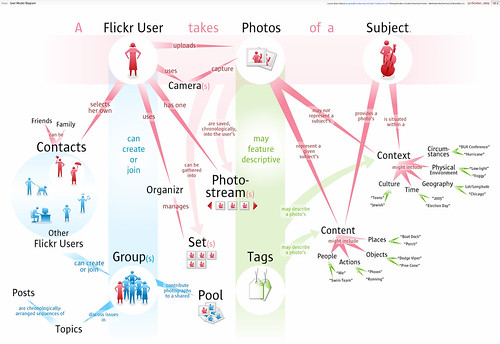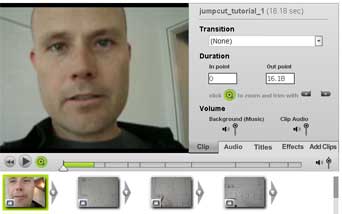Your computer may be proctoring you...
 Every semester, I'm asked about issues related to student authentication in online courses -- particularly in terms of how to verify that the person who signed up for a class is the one taking tests, writing papers and doing other class work and in terms of how to verify that no cheating occurs during test taking.
Every semester, I'm asked about issues related to student authentication in online courses -- particularly in terms of how to verify that the person who signed up for a class is the one taking tests, writing papers and doing other class work and in terms of how to verify that no cheating occurs during test taking.My usual response in terms of verification is to say that one could ask the same questions about most F2F classes but that people don't seem to worry about this nearly as much. Student logins and passwords are the online equivalent of the student ID card used to access brick-and-mortar classes, and -- while there are sometimes valid reasons to go to extraordinary lengths to prove identity and proctor student tests and work -- it's usually not necessary or efficient to do more than this kind of casual verification for an online class unless one would go to significant lengths to verify identity for the same kind of activity in the F2F world.
Proctoring test to keep students from cheating is another issue entirely. In general, I advise developers who are concerned about this issue to design assessment activities that make cheating unlikely and impractical -- e.g., avoiding simple objective testing methods and tests of rote learning, designing situated assessment activities that require a unique response, etc. However, I also do recognize that there are situations in which a more standardized objective testing approach is the most practical, cost-effective, and efficient way to conduct assessment activities.
While there are ways to have teachers proctor distance learners during test taking, most of these approaches are difficult to set up and administer -- particularly if an institution really wants to allow students to take tests at any time and from any location. There just isn't an efficient way to have teachers "virtually" stand over the distance student's shoulder and watch them work.
Until recently, that is.
This article from Inside Higher Ed describes Troy University's attempts to develop a remote "electronic proctor." This device, which would hook into the USB port and could be used by multiple students, sits next to a computer and includes a fingerprint reader, a camera with 360-degree-view capabilities, and a microphone.
The device -- which is expected to cost about $200 each -- would take and record real-time audio and video of the test taker’s environment, allowing instructors to choose whether to observe students taking the test or to review the recording. Unusual activity (e.g., a voice speaking or another person walking into the room) would cause the device to send a red-flag message to the instructor.
I find this fascinating, though a bit creepy -- and I really have to wonder how effective it will be. I'm sure there will be dozens of ways to "beat" the device once it's officially in use, and I know that I'm barely able to keep up with reviewing homework assignments and maintaining communications with my students... I can't imaging myself or any other online instructors having the time or inclination to sit through dozens of tedious videos of students taking online tests...
(link via the DEOS-L list)









